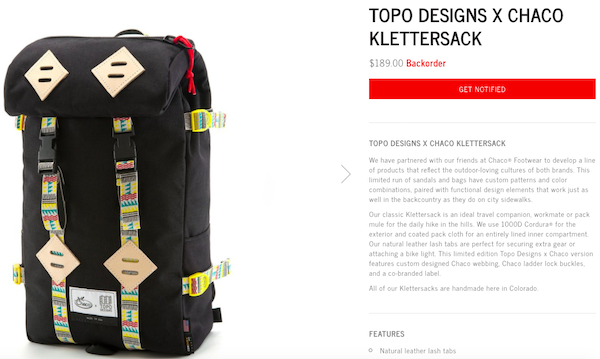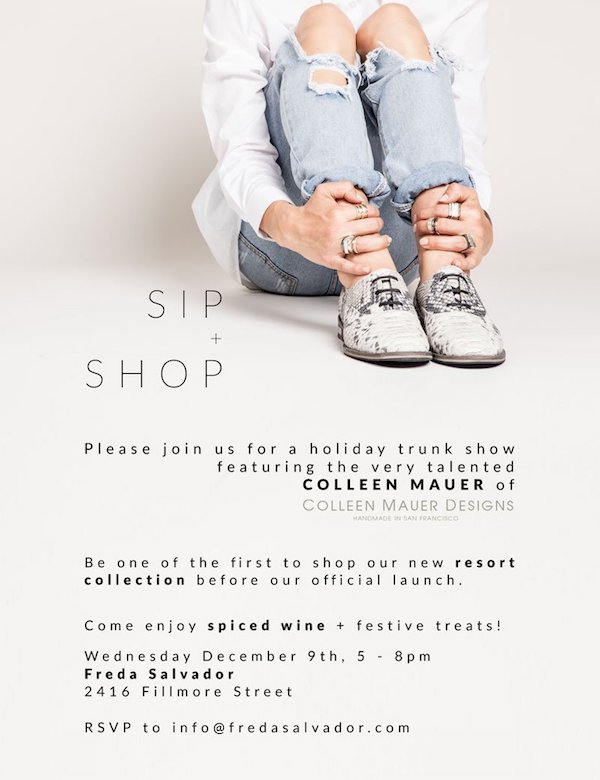By
Customer experience management (CXM) is the management of customer interactions through each physical and digital touchpoint in order to deliver personalized experiences that drive brand loyalty and increase revenue, according to David Clarke, global chief experience officer at PwC. Brands accomplish CXM programs through a combination of software, analytics, research and data-management systems. In recent years, several brands have infused CXM with Artificial Intelligence (AI) and machine learning engines that help manage customer data and predict future interactions to allow brands to serve relevant content.
“Customer journeys are either historical or hypothetical,” said Tim Linberg, chief experience officer at Verndale. “We can guide journeys, but we can’t absolutely dictate them. And, moreover, a truly customer-centric organization wouldn’t try to. What we can do, though, is use behavioral data, customer insights and marketing technologies to better understand and optimize every step of that journey. That’s customer experience management.”
Why Does CXM Matter?
Well, that’s simple: it affects your organization’s bottom line. No longer is making good products enough. According to a report released by Forrester earlier this year, the top-performing CXM brands see a direct correlation between good CXM and rising stocks. The top 20 percent of brands in Forrester’s Customer Experience Index (CX Index™) had higher stock price growth and higher total returns than companies drawn from the bottom 20 percent, according to Forrester researchers.
Further, according to the “Customer Experience Optimization Report” by Econsultancy and Ensighten, 96 percent of company marketers and agency pundits consider customer experience optimization somewhat important or critical. Also, 94 percent of marketers and 79 percent of agency respondents said that higher engagement and conversion rates are among the many benefits of CX optimization.
The future will still be about good CX. According to the 2017 Gartner Customer Experience in Marketing Survey released earlier this year, 81 percent say that in two years they expect to be competing mostly or completely on the basis of CX. And further, PwC’s latest Digital IQ report found that 65 percent of respondents see CX as critical to advancing business performance, and 70 percent see it as crucial to achieving digital transformation.
How CXM Software Helps
A strong CXM program is only as good as the software behind it. Brands need to collect, track, manage, organize, analyze, personalize and execute relevant interactions with customers and prospects and can do this primarily through CXM software. Capterra, a product review site, provides reviews of nearly 300 CXM software platforms.
CXM software can also incorporate systems like CRM, web content management, personalization engines, web analytics and most platforms within the digital experience platform ecosystem. According to Tech Target, CXM software falls into a few buckets that include:
Right CXM Tools for the Right Prospect and Customer
“Every customer, brand and campaign are unique,” said Josh Martin, senior director of product marketing for Perfect Sense. “Therefore, delivering a good experience requires tools that allow companies to deliver the right content in the right context at the right time.” Companies, he said, must first understand what customers they want to target. “This usually manifests itself as journey mapping,” Martin added, “and allows content creators, marketing teams, product managers, etc. to create a personalized experience that delivers value to their users.”
Having the right tools — instrumented correctly — is more important than having a lot of tools, Martin added. “A great customer experience,” he said, “allows a brand to meet customer needs and be seen as helpful. To deliver this type of personalized experience across all channels, languages and content types, requires various marketing solutions. At the core is CRM, CMS and marketing automation. In the future, artificial intelligence will help drive content and experience optimization.”
How do you bring good CX to life? By making connections, according to Clarke. Connect goals, POVs, responsibilities and ideas as they flow through the organization, according to Clarke. Connect cross-department teams and budgets to share in the commitment. Connect associate, customer and partner journeys. Connect systems and technologies to provide a platform for iteration, he added.
Technology Does Not Define CXM Strategy
To effectively manage CX, brands should not get distracted by newly available technology, according to PwC’s Clarke. “Imagine your ideal CX: don’t let technology define it,” Clarke said. “Visualize all touch points across the digital and physical world. It is most important to ensure that you are providing customers with what they need, when they need it the most.” This may mean deploying chatbot-based customer service, and other times it may mean reducing the number of clicks to get to purchase.
Brands should be thinking about democratizing CX. “CXM,” Clarke added, “isn’t an out-of-the-box solution. Great customer experiences are owned by the C-Suite and only happen through a matrix of co-dependent connections.” It’s not just on the marketing department to execute CXM. And it’s not just about using a CRM. “It should be on the agenda across functions,” Clarke said. “Having the customer in mind even when thinking of back-office system functionality has an effect on the customer. Don’t silo the responsibility. Everyone affects CX.”
Winning CX Examples
CXM is worthless without executing on good experiences for customers and prospects — and seeing more money for your brand’s bottom line. Here are a few resources that include examples of excellent CX:
Related Article: Customer Experience Measurement: Back to Basics
Putting the Customer First
In conclusion, a good CXM program leads to a CX that is consistent across channels, frictionless and valuable to the consumer, according to Verndale’s Linberg. “The promise of CXM for marketers is the ability to purposely move from ‘ready fire aim’ acquisition and retention tactics to a ‘ready aim fire’ approach that puts the customer first. This move towards true one-to-one marketing is enabled through technologies that unify customer data, and leverage artificial intelligence and machine learning to drive personalization at scale.”
Feature Image Credit: Shutterstock































